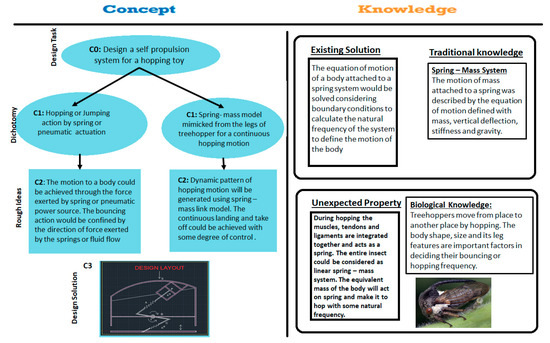
WEIGHT: 66 kg
Breast: B
1 HOUR:100$
NIGHT: +90$
Sex services: Naturism/Nudism, Striptease, Role Play & Fantasy, Spanking (giving), Striptease
Official websites use. Share sensitive information only on official, secure websites. Correspondence: salem. Sensitive electrodes are of a great importance for the realization of highly performant electrochemical sensors for field application. The electrode is patterned on a commercial low-cost polyimide Kapton sheet and functionalized with a multi-walled carbon nanotubes polyaniline MWCNT-PANI composite, realized by an in-situ-polymerization in an acidic medium.
The novel electrode shows a good reproducibility and a stability for 20 cycles and more. It has a significantly enhanced electro-catalytic activity towards electrooxidation reaction of 4-AP inferring positive synergistic effects between carbon nanotubes and polyaniline PANI. Phenolic compounds PCs are acquiring exceptional attention due to their harmfulness to human body and to environment [ 1 ]. Indeed, monitoring of 4-AP is essential and the development of low-cost, selective and sensitive analytical methods is urgently necessary.

The development of analytical electrochemistry has become a significant task of research in recent years [ 8 ]. In this context, several carbon-based electrodes have been proposed as transducer, primarily glassy carbon, carbon paste and screen-printed electrodes SPE [ 9 ]. Among them, graphene SPEs have been reported and well-characterized [ 10 ]. The graphite screen-printed electrodes are based on graphite ink and carbon black particles with a polymer as a binder, which is coated onto a substrate and then dried at a suitable temperature, which allows the mass production [ 11 , 12 ].
However, the elaboration of complex solutions of carbon-based materials leads to clusters and aggregation due to the strong van-der-Waals interactions between sheets in graphene, significantly compromising the intrinsic high specific surface area and lessening the electrochemical activity [ 15 ]. The presence of organic solvents in the composite materials used for the functionalization leads to the destruction of the insulation inks, which reduces the sensitivity and the limit of detection [ 16 , 17 ].

Due to the low electron transfer rate, the functionalized electrodes become insensitive to several key analytes. The electroactive species in the samples can therefore easily disrupt SPCE-based biosensors [ 18 ]. In recent years laser induced graphene LIG has attracted a great attention for flexible electronics applications [ 19 , 20 ], especially in the field of electrochemical sensors [ 21 , 22 , 23 ].



































